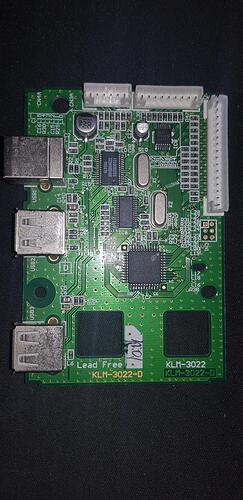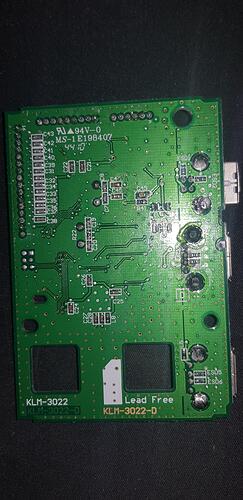Sorry for making my first post a repairs question, and I hope this fits in since it’s technically not a synth, but a midi controller.
My KORG MicroKEY v1 of 9 years has been acting funny recently: When plugging it into my PC it’ll start and work fine for about seven seconds, some of the middle keys will begin firing madly until they stop working, leaving me only with the top dozen keys left.
I’ve been trying to diagnose it for the last week, confirming it is loading the driver correctly through event viewer and event ghost. MIDI-OX confirms that the lower octave of the keys stop working after several seconds of rapid firing until it gets reconnected.
Now I’m not so great at electronics: I just spent a couple hours looking at the PCB and inspecting it for blown capacitors. I’ll attach an image of the front and back of the board if anyone wants to have a look at it. I went to Jaycar and bought a replacement USB-B port which I can solder in next week if I get time, since the current one is incredibly loose. I’m nowhere near skilled enough to work with surface mounted bits, so the port replacement is as far as I’ll go before just tracking down a donor board.
Also tried separate cable with no fix.
Should be noted I’m on Windows 10, I hear this thing can be funky with drivers but it was working previously and I can replicate the issue on my laptop, too.
I can’t find replacement parts for the MicroKEY. The Mainboard PCB is KLM-3022-D and every time I search this term I just get pictures of aeroplanes unfortunately.
PCB IMAGES:
If anyone has information about this PCB or where I can get a replacement without buying a full donor controller I’d be forever thankful.
Anyone with experience with this series controller or similar issues, I thank you in advance for whatever advice you have.

